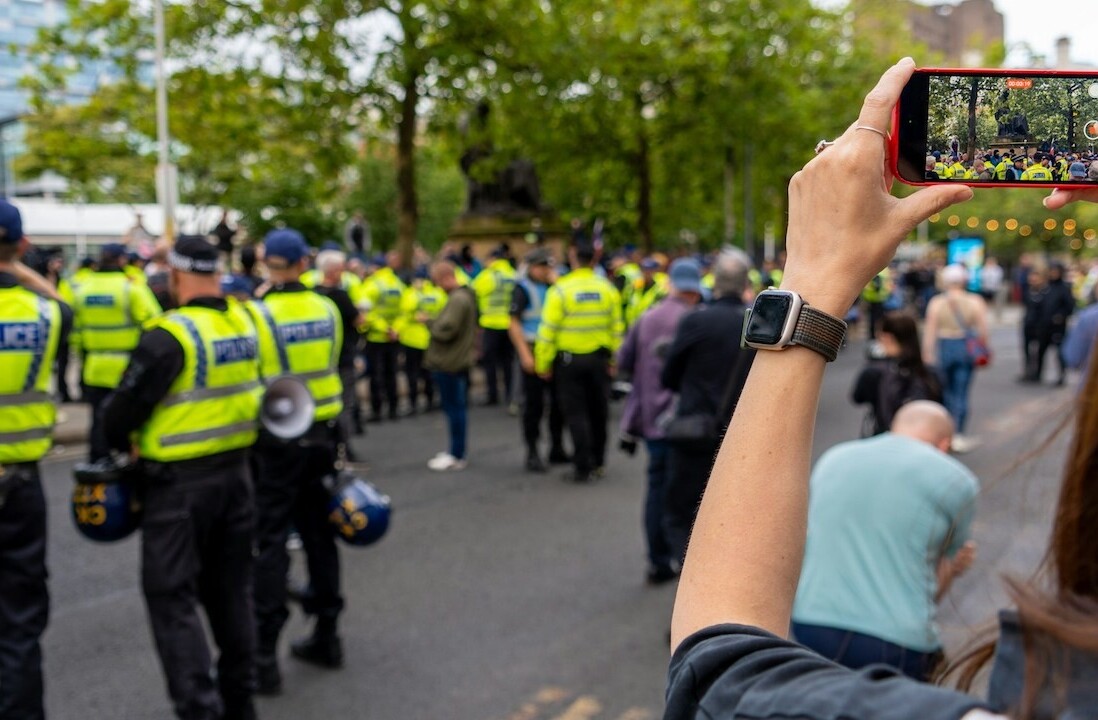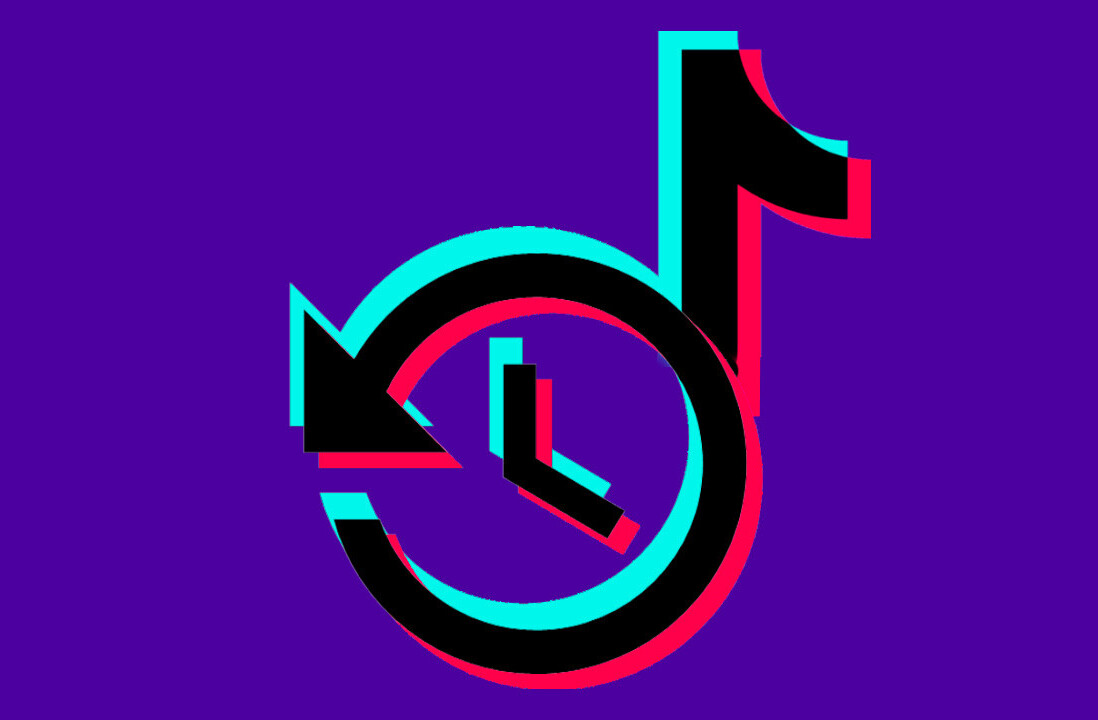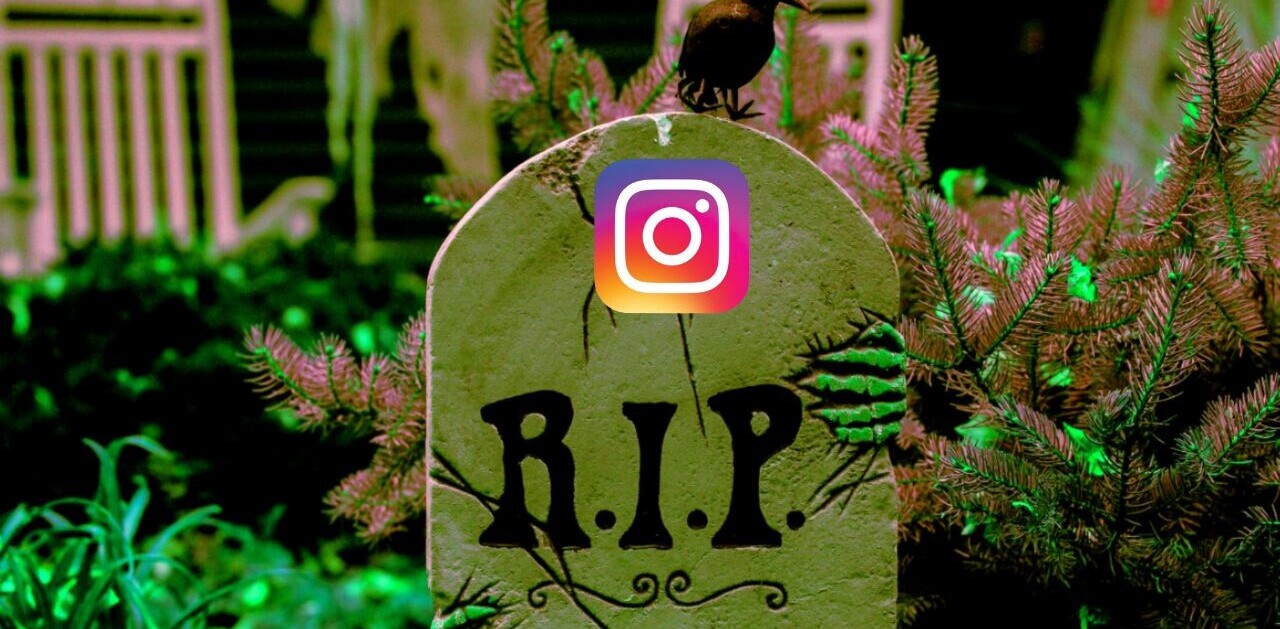
Goalscape is a new web app that takes a novel approach to helping you manage your goals and projects.
Most project and task management apps work in a fairly linear, familiar way: lists. Task lists, project lists, people lists, context lists, you name it–it’s all just lists of text, often containing more text when you click on an item.
Goalscape is interesting because it takes a more visual approach to project management. Each tab across the top of the application represents one main goal. The main goal is at the centre of Goalscape’s circular approach to visualizing goals and projects, and it’s at the top of the hierarchy for that tab.

Visualizing Projects & Goals
In the screenshot above, “My Goals” is the tab’s main goal. Goalscape allows you to expand the chart by adding subgoals or neighbors to existing goals (with the exception of the main goal, which can only be expanded by adding subgoals). To help you understand how this works we’ll look at the screenshot again. Work Goals is a subgoal of My Goals, Corporate Goals is a subgoal of Work Goals, and Training is a Neighbor of Corporate Goals (as well as a subgoal of Work Goals).
Once a goal has neighbours, the app allows you to resize each goal to indicate importance. The selected goal is shaded yellow and a small handle appears. This is part of Goalscape’s aim of making personal project management a more visual experience.
Add to that the progress slider and you have a really effective way of getting an overview of your progress on a variety of goals at a glance. The progress slider shades a section of a given goal according to the percentage of completion. When there are multiple subgoals of a larger goal, the app shades the parent to represent the combined level of completion for all subgoals, and even factors in the importance you’ve set for each goal.
At this stage of playing with the app, I was impressed–the ability to visualize tasks in this way is nothing short of amazing for a productivity nerd like myself.
Goal Metadata
Of course, a decent goal management app doesn’t stop there. You can add a wealth of other data to goals at each level of the hierarchy. Start and end dates for each goal are present for scheduling, you can assign the people responsible for a task, and add descriptive tags.
There’s also a space for notes and attachments so you can have all the information pertinent to a task available within the application.
Highlighting
Metadata has very limited utility when you can’t put it to use to filter information. Goalscape has a highlighting pane that allows you to visually emphasize goals that meet certain criteria. Highlighting works for people, tags and dates. If I want to see all tasks that are due this week, or all tasks that Dave is responsible for, or all tasks tagged with wonton soup, I just have to select that item in the highlighting pane. Everything that doesn’t meet the filter’s requirements is then grayed out so you can easily sort the relevant goals from the irrelevant ones.
Importing, Exporting & Sharing
Goalscape makes it easy to import projects you’ve begun in other apps. At the moment, it supports importing for MindMap projects and MS Project files, as well as Goalscape’s own GSP filetype.
You can export in a wider variety of formats, though the MindMap and MS Project filetypes are missing, perhaps in a move to try and stop you from going back to those applications. Instead, you can download your goals in the app’s own GSP format, as a PDF, Word, Excel or CSV document.
Since there are only so many projects you can mange on your own, the app does feature a decent sharing function. If your friend has a Goalscape Connect account, enter their email address and set their permission level and you’re good to go. The document can also be shared to your account on the Goalscape mobile edition or made public and accessible via link.
Pricing
The only significant problem I have with Goalscape is the pricing. For the desktop version, you’re asked to pay 89 euros, which is about US$125, or three times what I paid for Cultured Code’s Things. Even then, you can’t install the app on all the computers you own–you get to activate on only two computers. For the web-based app, the going price is 9 euros, or about US$12. For a productivity web app, that price is stepper than I’d be willing to pay on a recurring basis. If the desktop edition gave you free access to the online edition for life, it’d be easier to recommend throwing down the change.
The bottom line from me is that the app is very impressive and lets you look at productivity data in a new way that isn’t just a gimmick–it’s useful. But the pricing asks for more than the average person is willing to spend on what’s basically a task manager. Goalscape should at least include a lifetime online subscription in the desktop app purchase at that price and then I can recommend it wholeheartedly.
Get the TNW newsletter
Get the most important tech news in your inbox each week.




